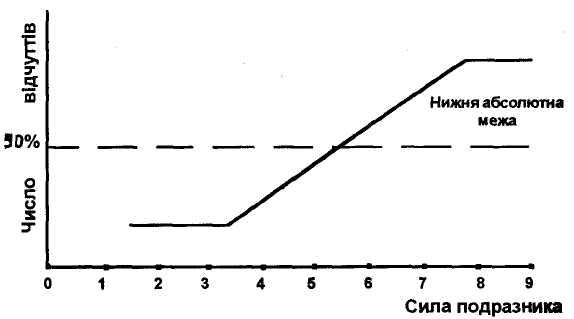
- •Content
- •Literature
- •Home work
- •Subject 3 the role of perception in human safety, physiological factors of its protection.
- •Introduction.
- •1. Classification of harmful and dangerous factors that can affect people in the environment.
- •2. Harmful and dangerous factors of active group and how to protect from them.
- •Increase of man immunity to infection.
- •3. Perception of hdf by a person. Person analyzers.
- •Physiological man’s analyzer Receptor-Main nerves-Cerebral centre
- •Image.3.1. Analyzer adaptation (changed Sl).
Increase of man immunity to infection.
Some microorganisms develop in food with the formation of poisonous substances that fall into the human body, causing the development of poisoning.
Plants and animals sometimes cause severe diseases as a result of damage done by poisons that are produced in their body.
8. Psycho physiological factors - fatigue, stress, faulty operations, conflicts.

Conclusions.
Man is a part of the production team. Creating a comfortable working environment, automatization and mechanization of processes, maintaining of a favorable social and moral climate, psychological compatibility of all members of the team are the key issues for success activity and resolving of all current and perspective tasks.
3. Perception of hdf by a person. Person analyzers.
A man carries a direct connection with the controlled machine and the environment through their physiological analyzers.
Each analyzer consists of a receptor and the main nerves and cerebral centre.
Physiological man’s analyzer Receptor-Main nerves-Cerebral centre


Receptor converts the energy of the stimulus into the nervous process. Nerve impulses center into the cerebral cortex by the main ways. Between the receptor and the cerebral centre there is two-way communication that provides self-regulation of the analyzer. The peculiarity of the man is twoness of the analyzers, which ensures their reliability. Sensitivity of the analyzers and human receptors is very high.
Example. Eye adapted to darkness responds about 7 light quanta – in the starry night it can see a candle flame for 48 km. Eardrum responds to the displacement of 0.000 000 0001 cm – ear hears the ticking off of the hand watch in complete silence up to 6m. Hearing cells of the inner ear catch vibrations the amplitude of which does not exceed 1% of the diameter of the molecules of hydrogen. Thermo receptors stimulated with increasing ambient temperature to 0,007°C and decreasing – at 0,012°C. Taste buds can perceive the presence of one teaspoon of sugar in 8 liters of water. Smelling has the ability to perceive the presence of one drop of perfumes in several-room building. Tactile analyzers perceive air movement caused by falling of the fly’s wing on the skin surface from a height of 1 cm.
Analyzers are characterized by:
1) absolute
2) differential
3) operational limits of the sensitivity to irritation.
The absolute limit has the upper and lower levels. Lower absolute limit of sensitivity is a minimal irritant’s amount that evokes a feeling. Absolute upper limit is the maximum irritant’s amount that does not cause pain.
S is [Sl, Su]
Sl> = Sfeeling; Su<Spain
Differential limit is a minimal difference between the signals perceived by a man (ΔS).
Operational limit of sensitivity indicates the amount of margins, where speed and accuracy reaches a maximum.
![]()
Operational limit of sensitivity in 10...15 times greater than the differential. Image 3.1. demonstrates the change in the absolute limits of sensitivity, taking into consideration the strength of the irritant and the number of senses.

